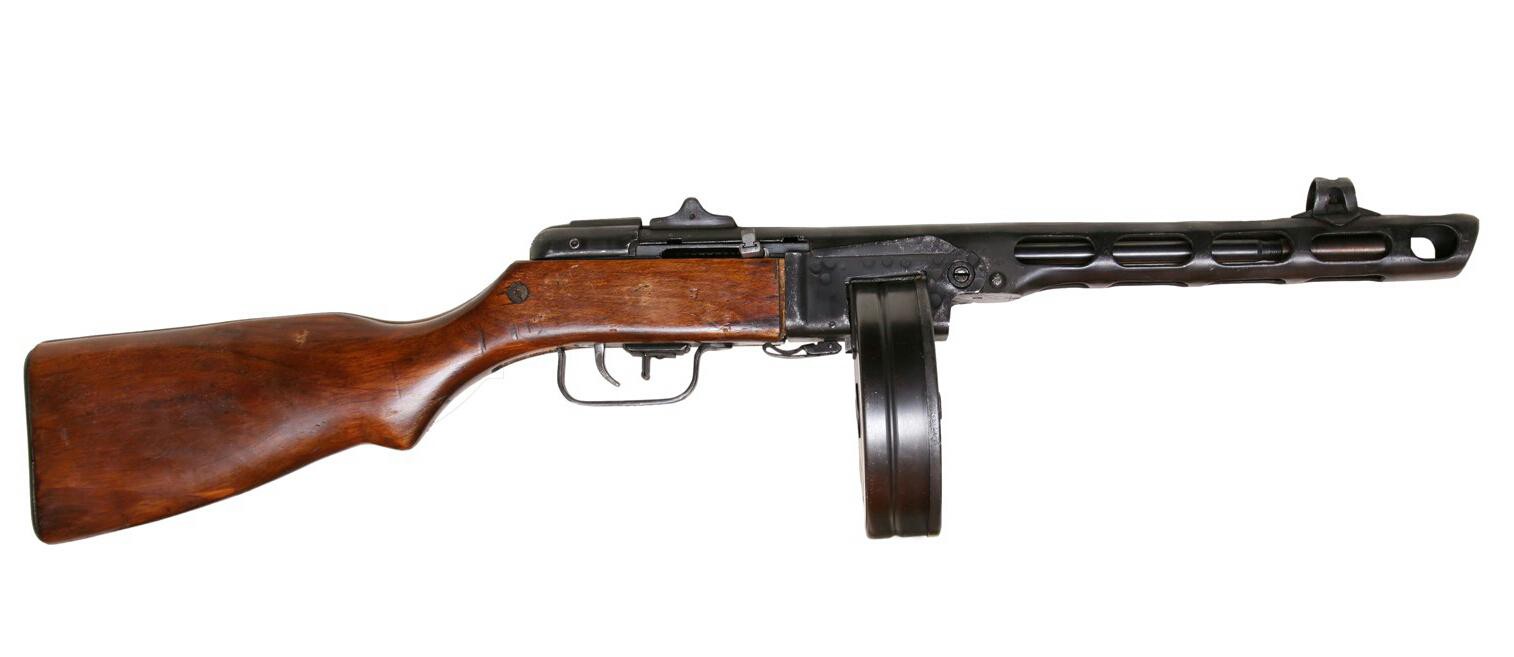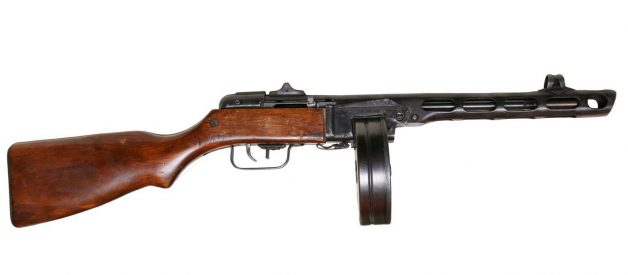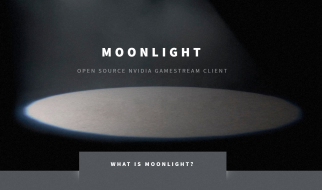Soviets mass-produced PPSh-41s out of sheer desperation
For nearly 30 years, soldiers heard an unforgettable sound coming from a weapon firing from behind the rubble in Stalingrad. Or echoing in the frozen hills of the Korean Peninsula during human-wave attacks. Or even rattling the jungles of Vietnam during firefights with the Viet Cong.
BRRAP-PAP-PAP-PAP-PAP-PAP-PAP-PAP-PAP!
Before the AK-47 became the symbol of Soviet armed forces, there was the ?burp gun??officially, the PPSh-41. It?s an ugly gun that makes an ugly sound during extended fire.
Looks aside, the burp gun sure did work.

Pronounced ?peh-peh-shaw? because of the sound of the Cyrillic letters in its Russian name Pistolet-Pulemyot Shpagina??Shpagin?s machine pistol??the PPSh-41 is a 7.62 x 25-millimeter open-bolt submachine gun that unskilled laborers could produce in auto shops.
The burp gun fired 900 rounds a minute. The only other sub gun of the age that came even close to that rate of fire was the Thompson submachine gun.
The Soviets manufactured more than five million PPShs by 1945, making the gun a main infantry weapon of the Red Army during World War II and afterward. PPShs survived even as the Soviets began handing out Kalashnikovs like candy.
How the PPSh became one of the most common weapons in the Soviet arsenal is a story of the USSR overcoming two enemies?Finland and itself.The Soviet-Finnish Winter War of 1939 and 1940 was an eye-opening experience for the Russians.
They expected an easy victory. After all, they outnumbered the Finns three-to-one.
But the Finns outmatched the Red Army for many reasons. For one, the Russians were fighting mostly with bolt-action Mosin-Nagant rifles, but the Finns had Suomi KP-31 nine-millimeter submachine guns.
Made of solid steel parts and paired with a high-capacity drum magazine, the KP-31 could lay waste to Soviet infantry squads. It was a lesson that Red Army planners didn?t forget.
But the Red Army was also on its heels. Political purges in the 1930s replaced competent officers with party hacks. The military was poorly trained and ill-prepared for the onslaught to come.
When the Nazis invaded Russia in 1941, much of the nation?s industrial capacity wound up destroyed, damaged or displaced. In addition, the Germans captured large quantities of Russian small arms.
Like so many other countries battling the Nazis, Russia badly needed an automatic weapon that it could easily manufacture.
 The burp gun. Photo via Wikipedia
The burp gun. Photo via Wikipedia
Enter Georgi Shpagin, a Soviet weapons designer who never enjoyed the fawning adulation Mikhail Kalashnikov received, but who was a great martial innovator, regardless.
Shpagin used an existing submachine gun called the PPD-40 as his point of departure. He welded together stamped metal parts?no bolts or screws. To save money, he took barrels from salvaged Mosin-Nagant rifles, cut them in half, chromed them and then screwed them into the bodies of his new PPSh submachine gun.
Like the KP-31, the new burp gun possessed a high-capacity drum magazine that held 71 rounds. The drum contained a spring-loading mechanism that the shooter had to wind like a watch. Later models of the PPSh came with a 35-round stick magazine.
Soon, the Soviets were originating new tactics based on the weapon?s capabilities. Soldiers stormed German positions in mass infantry attacks, PPShs blazing as they surged forward. Or Russians with PPShs would ride on tanks, dismounting to mop up retreating Germans.
During the Korean War, both North Korean and Chinese troops carried a Chinese copy of the PPSh called the Type 50.
?Once we heard that sound??Burp! Burp!??it was a frightening sound,? Gerry Farmer, a British veteran of The Royal Fusiliers who served in Korean War from 1950 to 1953, said in video for the U.K.?s National Army Museum. ?It meant the Chinese were there. I think the sound of the burp gun and what it represented was more frightening then the rounds that came out of the weapon.?
Farmer said that the firing usually indicated the beginning of so-called human-wave attacks?mass infantry assaults, often at night, that the Red Chinese deployed in order to probe the U.N. defensive lines.
But the Chinese weren?t invincible, even with their burp guns. In many cases, American soldiers packing M-1 carbines with Sniperscopes?the U.S. military?s first night-vision system?fired tracers down on Chinese positions so that machine-gunners could target them with heavier fire.
As late as 2009, U.S. troops in Iraq reported capturing PPShs in insurgent weapons caches.








